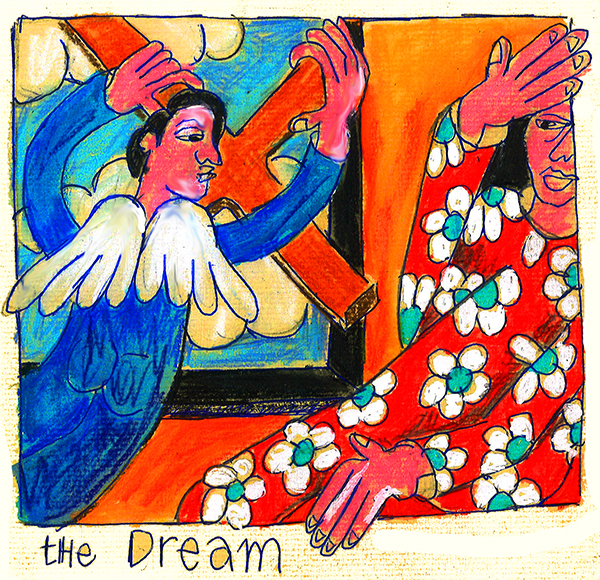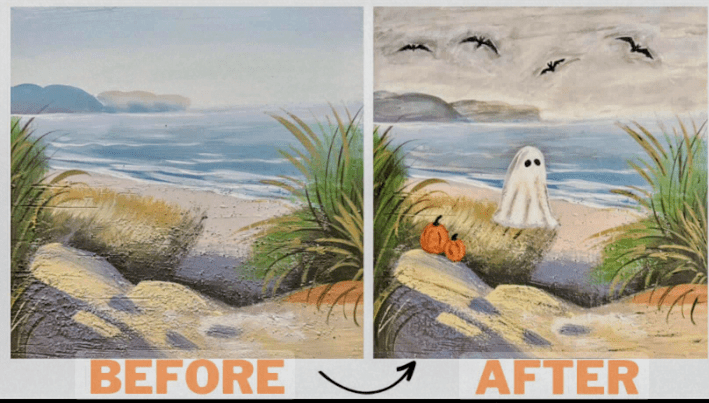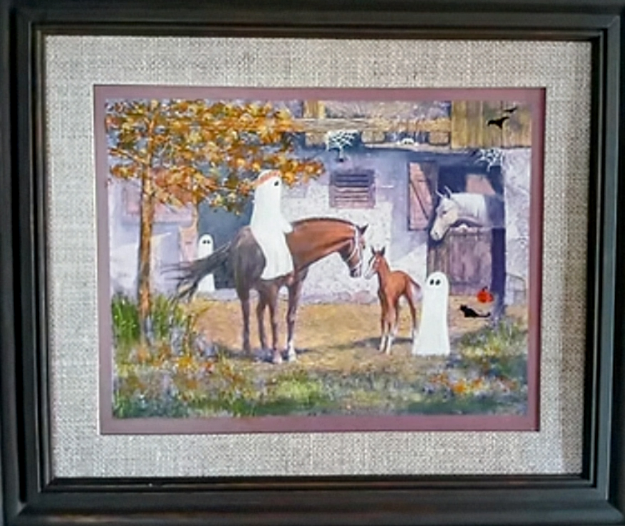Constantine (c 272 – 337 AD) was a very ambitious emperor. He saw Christianity, say many scholars, as a means of promoting his political agenda.
Initially, Constantine worshipped the pagan sun god, Sol Invictus. So, after Constantine’s conversion, it’s not surprising that the sun god and Jesus are often compared as they seem to have had much in common.
For example: 25 December was the feast day for Sol Invictus that was later morphed into Christmas.
Constantine’s mother, Helena of Constantinople, came from a poor family. Somehow she met Constantius, a short termed Roman emperor (305-306 AD). They married and, around 272 AD, Constantine I was born.
Constantius’ career was on the go. In 289, Constantius dumped Helena to marry Teodora, Emperor Maximian’s step-daughter, just to strengthen his political position.
Constantius died in 306 AD and his son, Constantine, was proclaimed emperor. In 312, mom Helena was brought back into public life.
Although Constantine was devoted to Sol Invictus, in 312 AD, the emperor was about to begin a battle at the Milvian Bridge when he had a vision. A cross appeared in the sky with the words “in hoc signo vinces” (“by this sign, conquer”). That same night, Jesus appeared to Constantine in a dream and told the emperor to paint crosses on the shields of his soldiers.
Constantine won the battle and converted to Christianity. Momma Helena also converted a short time later. And just like her son, she had an important dream, too.
One night, Helena was in a deep sleep when a couple of angels appeared telling her they knew where Jesus’ cross was and that she should save it. Already elderly , Helena, in AD 326-328, went to Palestine to search for the True Cross. Here she ordered the destruction of the temple of Venus because, she said, the angels wanted her to. Subsequent excavations of the spot led to the recovery of three different crosses. To determine which of the three crosses was that of Jesus, Helena had a terminally ill woman touch all three of them. When the woman touched one certain cross, she was immediately healed and Helena knew she’d discovered the True Cross.
Parts of this cross and other related relics can be seen at the Basilica of Santa Croce in Gerusalemme on Rome.
(from “Red Dress with Flowers” © 2025)
They’re coming to get us.
Related: painting The Dream of St. Helena by Paolo Veronese + statue of St. Helena +


















